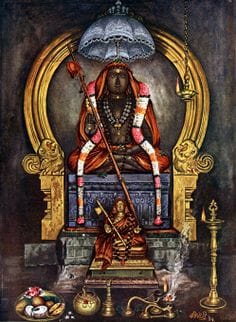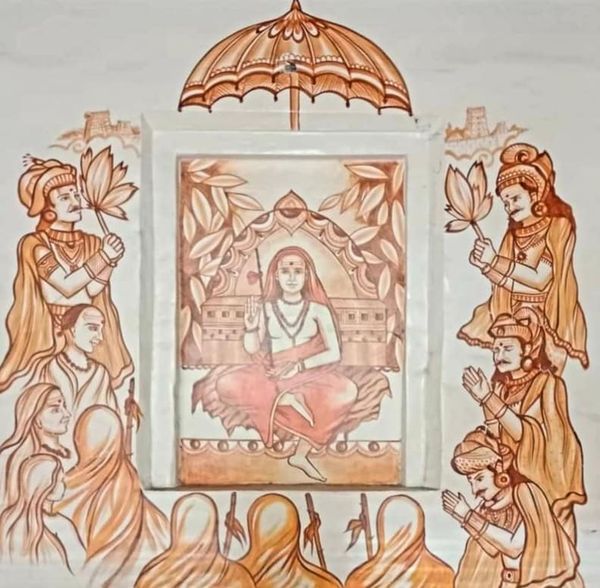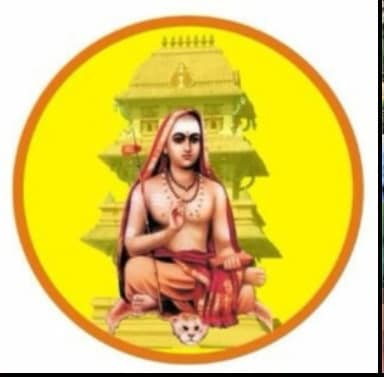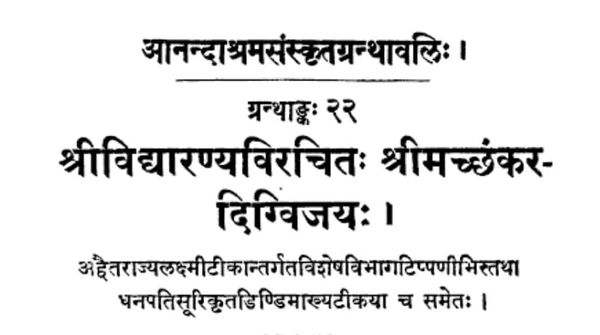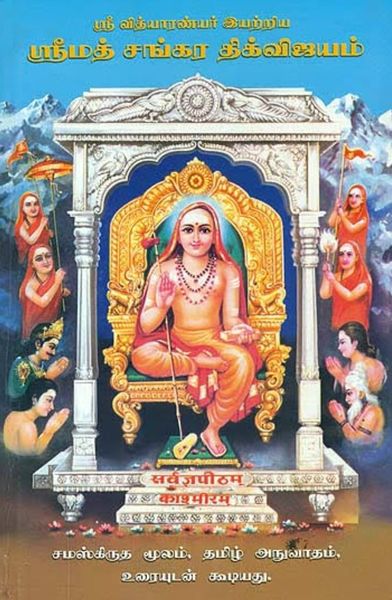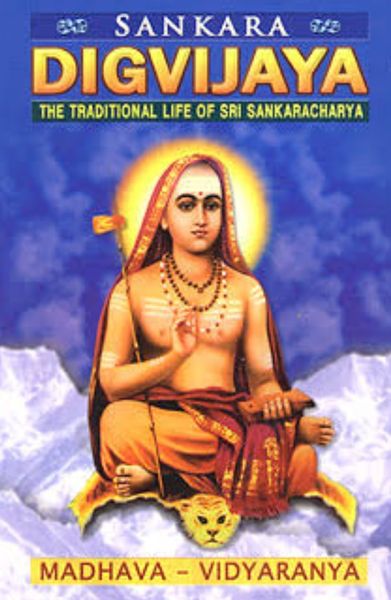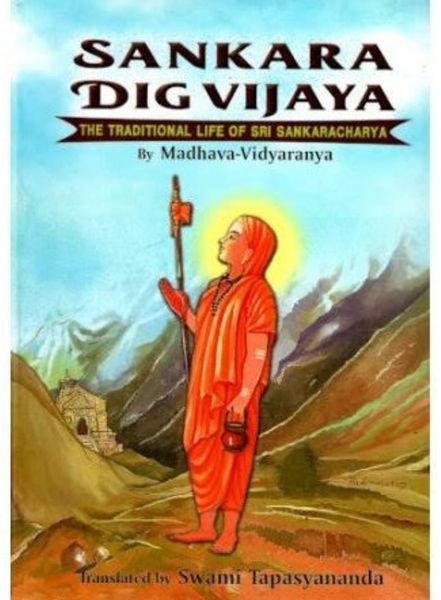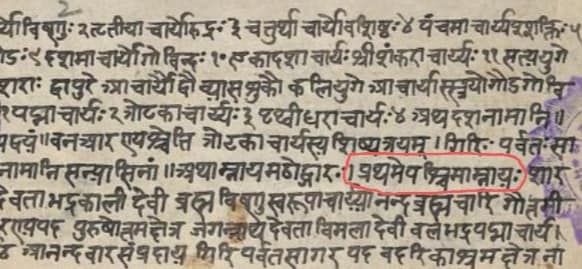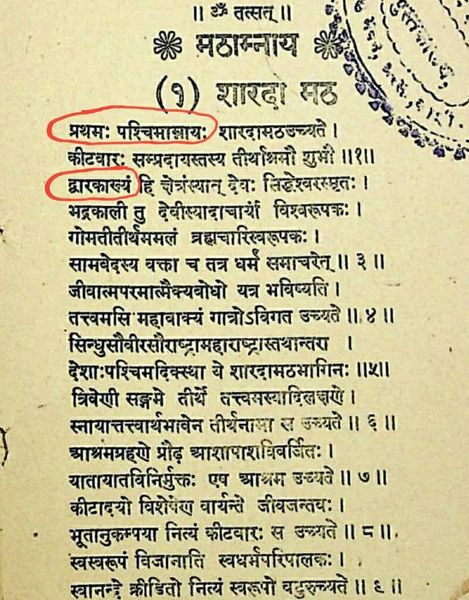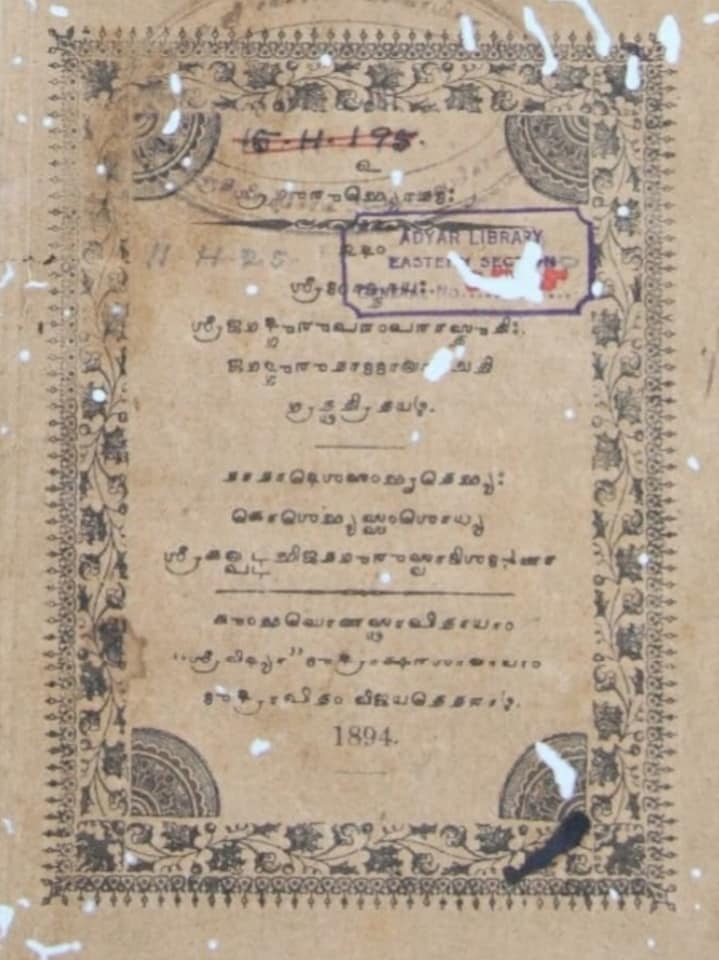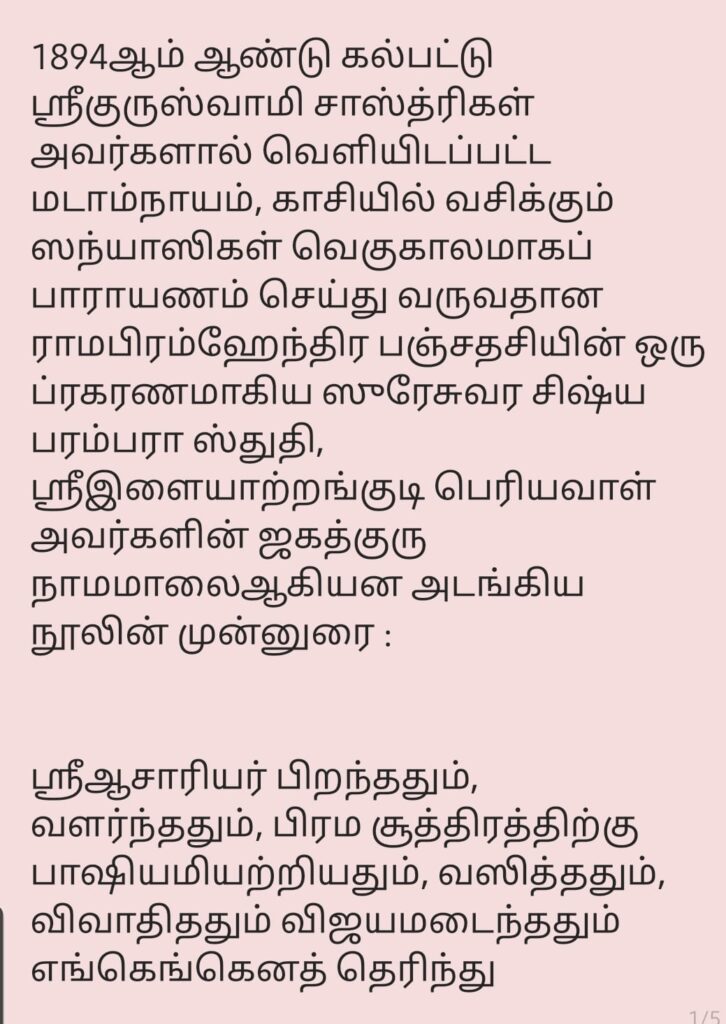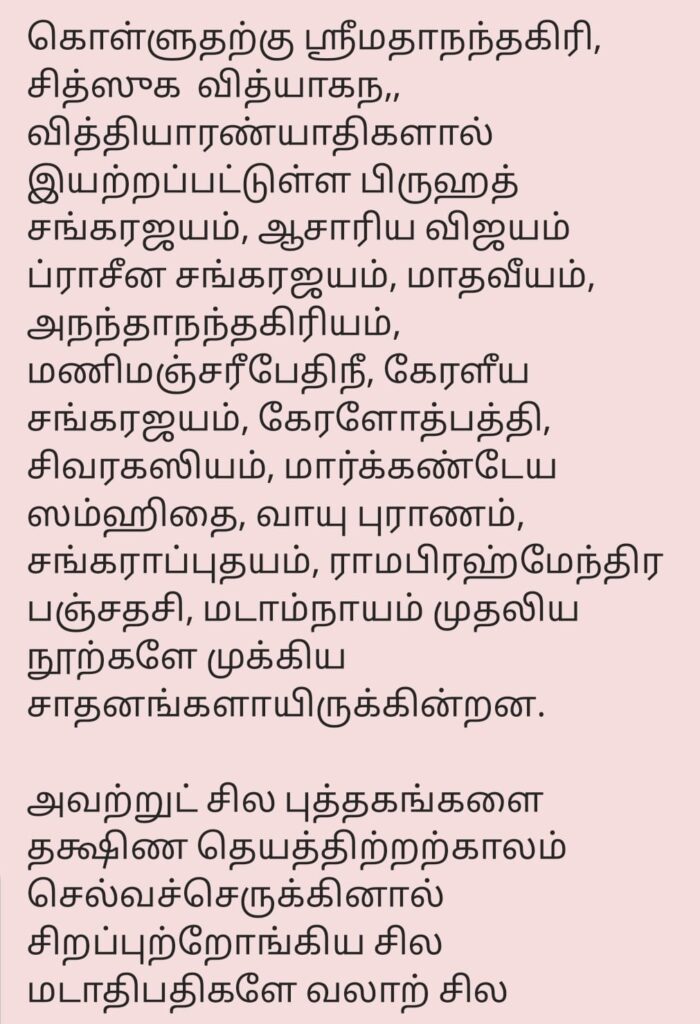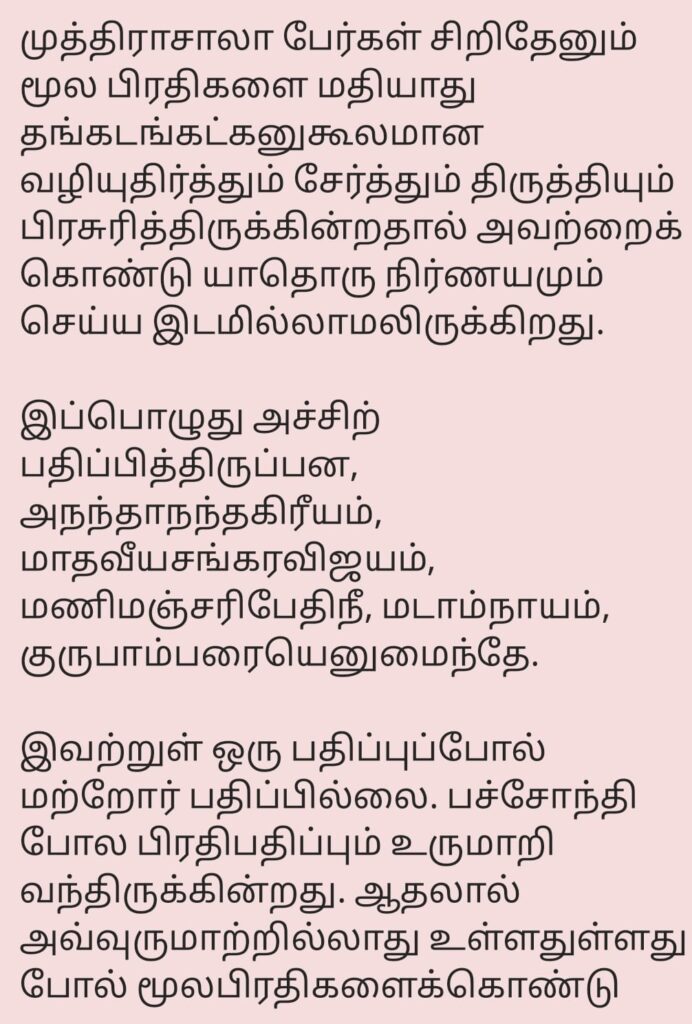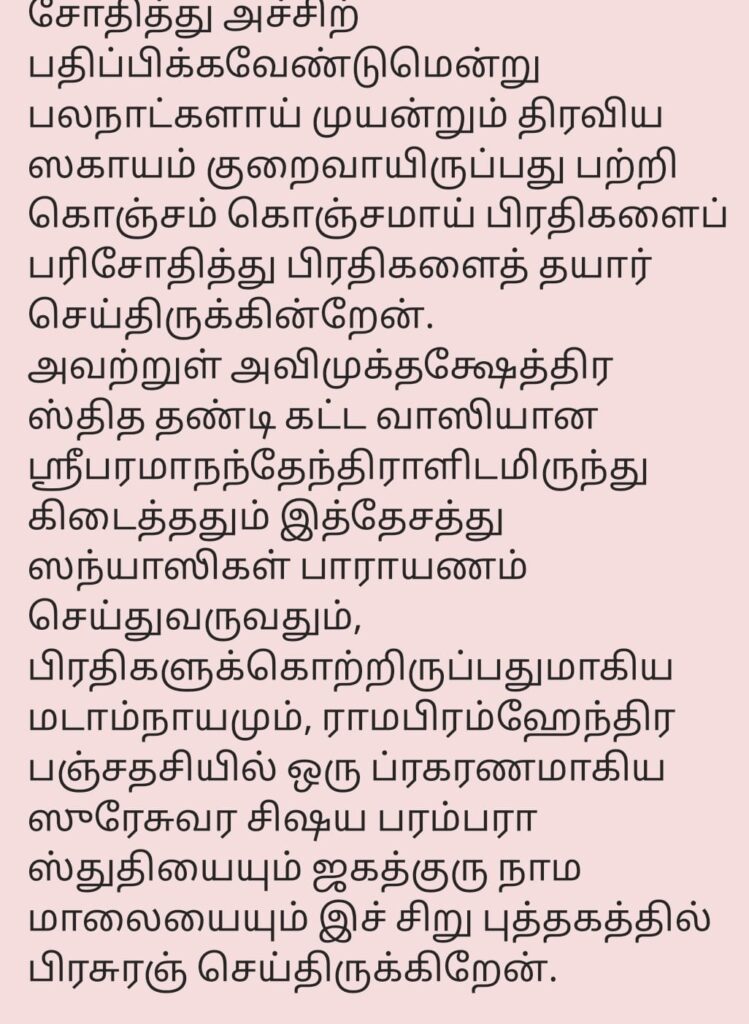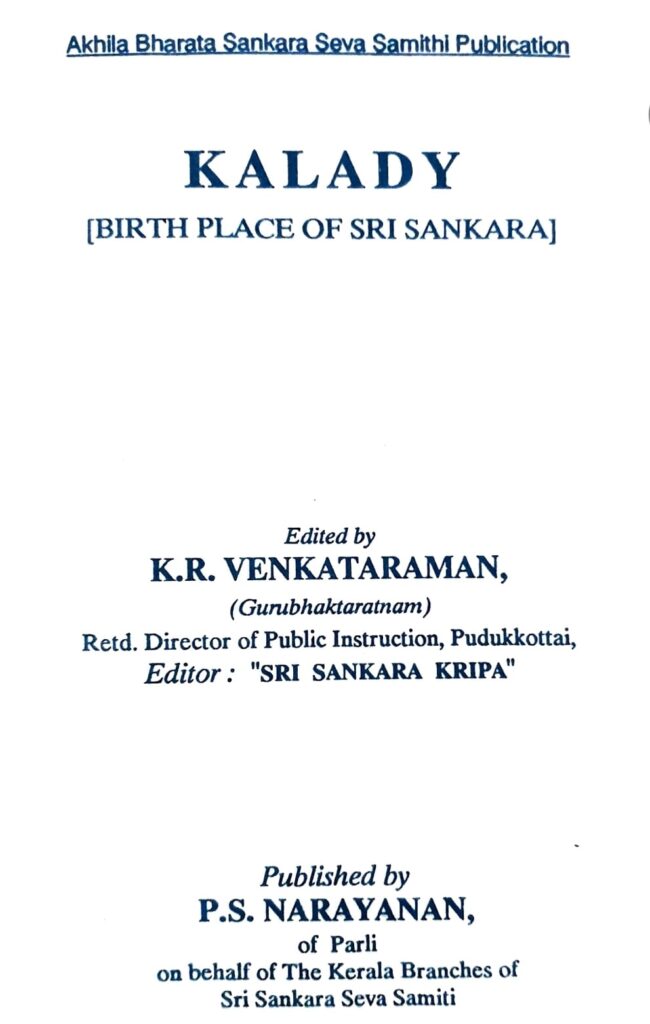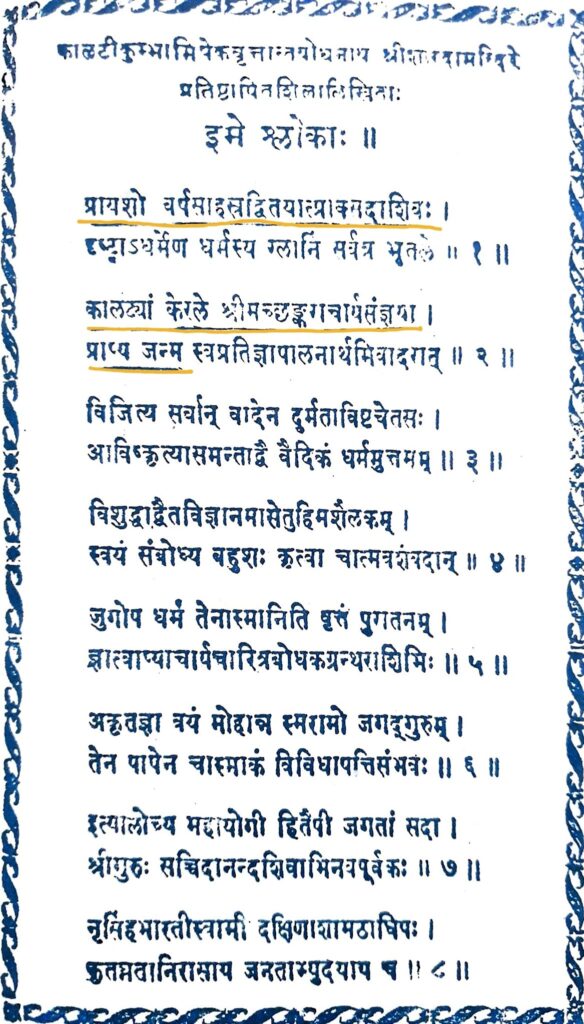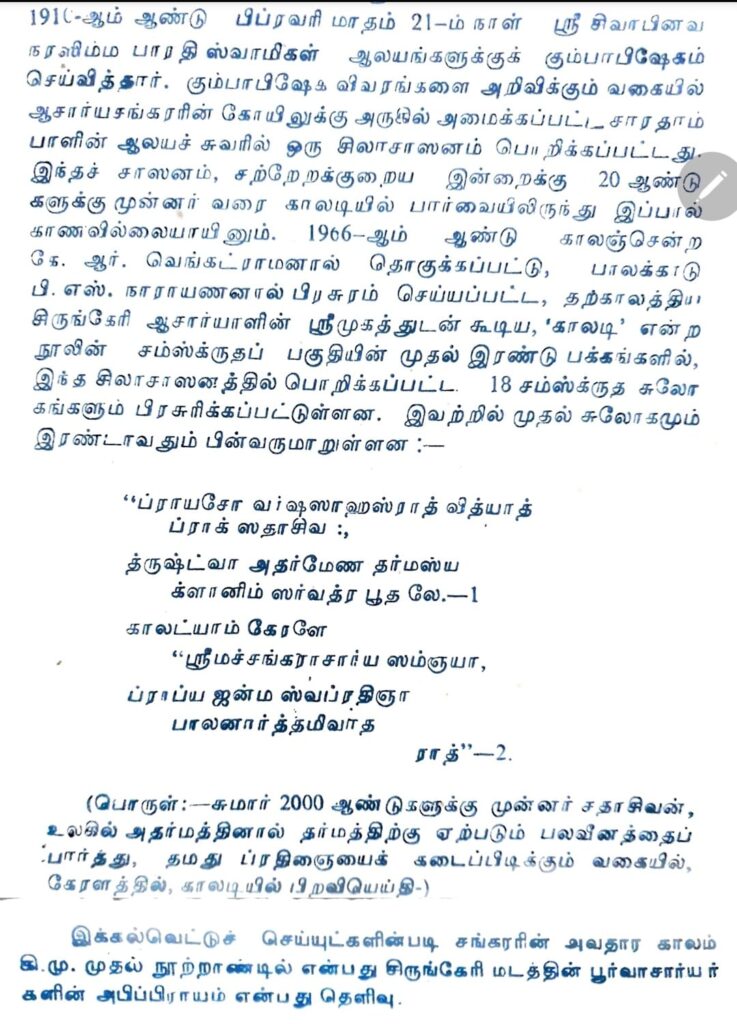Kanchipuram’s Kashmira Connection (2/5)
Question: Which other city was known in ancient times as Kashmira and was a peetham of Vagdevi kamakshi?
Answer: Kanchipuram was well-known by the name Kashmira in the South; Govindanatha in his Sankaracharya Charitam says, “भूयः काञ्चीपुरं गतः । जम्बूद्वीपस्य कुर्वाणे शोभां भारतमण्डले । शस्तं काश्मीरनामानं देश विद्योतयद्भृशम् । कामाक्ष्या नाम वाग्देव्याः स्थानं तत्पुरमाप्तवान्” – गोविन्दनाथीये ।
“Bhagavatpada went to Kanchipuram again. Adorning Jambudvipa in Bharatamandala, there brightly shone a place named Kashmiram. He reached that place belonging to Vakdevata Kamakshi” says Govindanatha.
Vyasachaliya Shankara Vijaya also begins the context of Sarvajnapitharohanam “In Jambudvipa in the earth and there too in the mandala known as Bharata, there is a mandala named Kashmira the location of Vagdevata and ends with “In this manner, He worshipping that Devi who is beyond words, He ascended that Sarvajnapitha in the Matha established by Himself.
As per the mother’s words he conducted vādam with various scholars who came there and lived in Kanchipuram for sometime”
“जम्बूद्वीपे शस्यतेऽस्यां पृथिव्यां तत्राप्येतन्मण्डलं भारताख्यम् । काश्मीराख्यं मण्डलं तत्र शस्तं यत्रास्ते सा शारदा वागधीशा’ … “एवं निरुत्तरपदां स विधाय देवीं सर्वज्ञपीठमधिरुह्य मठे स्वक्लृप्ते। मात्रा गिरामपि तथोपगतैश्च मिश्रैः संभावित: कमपि कालमुवास काञ्च्याम्” ।
We also have the very first verse of Acharya Shri MukaShankarendra Sarasvati who adores Her who dwells in Kanchipuram in the Kamakoti Pitha, her shariram as delicate as the “Kashmira” flower invoking Kanchi and Kashmira in the same breadth.

